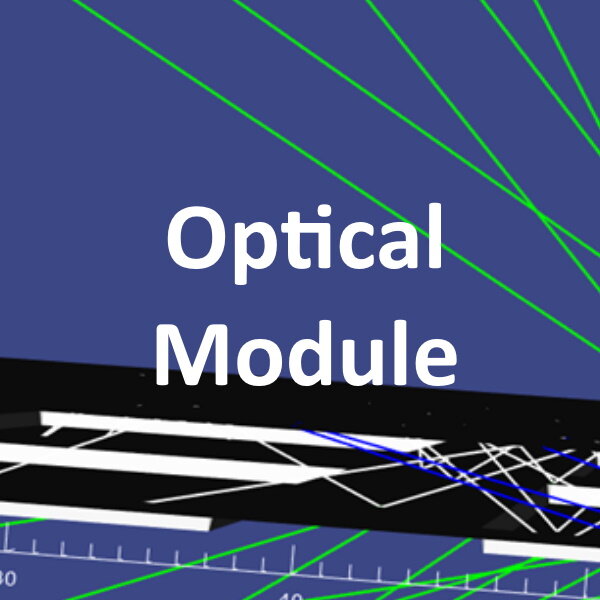Thermal Module
Electro ↔ thermal coupling method to simulate the two-way interaction between heat generation and current flow in OLEDs and solar cells.
The Thermal module coupled to the Electric module will help you if: you are struggling to understand the effects of shunts and defects on the JV curves of your perovskite solar cells
Case Studies
Calculating the Temperature Distribution in Optoelectronic Devices
Under standard operation, the current flowing inside an OLED or solar cell tends to heat up the device because of Joule heating. Laoss can calculate the position-dependent temperature in the device and correlate the potential distribution (1) with the distribution of the temperature (2). Heat generation and current flow is a two-way iteration, that can be simulated with laoss.
Explaining non-ideal I-V Characteristics in OLEDs and Solar Cells
In a two-way electrothermal coupling, heat is generated due to current flow. Meanwhile, the electrical conductivity inside the semiconductor stack increases with the rising temperature. With a two-way electrothermal model, laoss can calculate the temperature distribution in an operating device (1) and explain the origin of S-shaped current-voltage characteristics (2) due to a positive-feedback effect (increasing temperature ↔ increasing current ↔ increasing temperature). In OLEDs and solar cells, the current density may increase even if the applied voltage decreases, because the temperature increases at the same time.
Analysis of Electroluminescence and Infrared Images of Solar Cells
Sheet resistance losses and local defects are challenges faced in solar module fabrication and upscaling processes. Commonly used investigation tools are non-invasive optical and thermal imaging techniques, such as electroluminescence, photoluminescence as well as illuminated and dark infrared imaging.
With the Laoss Electric and Thermal modules, a direct comparison of simulated temperature maps to measured infrared images is possible. Sheet resistances in the solar cells can be determined by fitting the current simulation results to the electroluminescence imaging data. The influence of shunts on the thermal behavior of the solar cells can be also investigated by comparing electrothermal simulation results to dark lock-in IR thermography images.
Small-signal dark lock-in thermography technique (SS-DLIT)
The small-signal dark lock-in thermography (SS-DLIT) method is used for detailed failure analysis of solar cells. With this technique, it is possible to detect local heat sources with higher resolution compared to steady-state IR images. You can use the thermal and AC modules of Laoss to study electro-thermal effects in perovskite solar cells with high accuracy thanks to the use of a small, periodic voltage modulation at a chosen offset voltage. The SS-DLIT signal can method can be simulated with Laoss and allows the investigation and quantification of various defects, such as shunts or the quality of the interconnection of perovskite solar cell modules.








